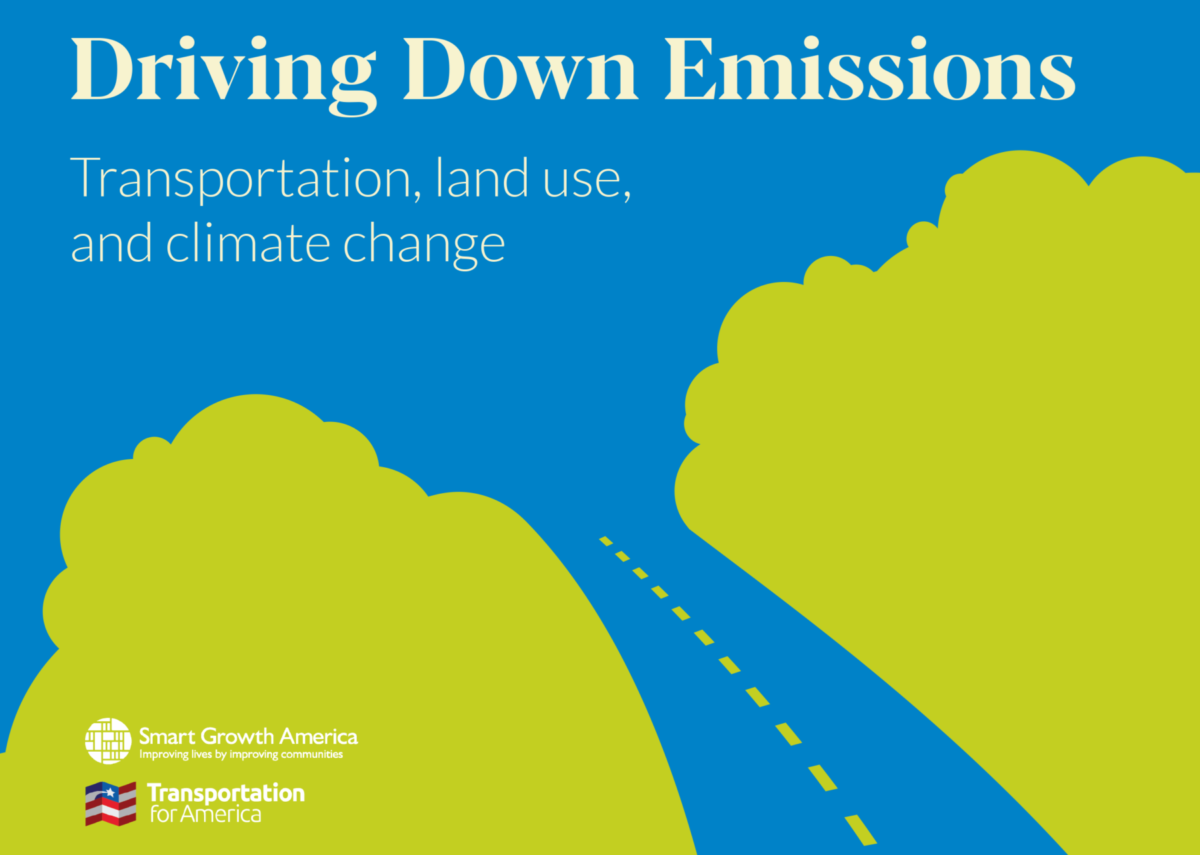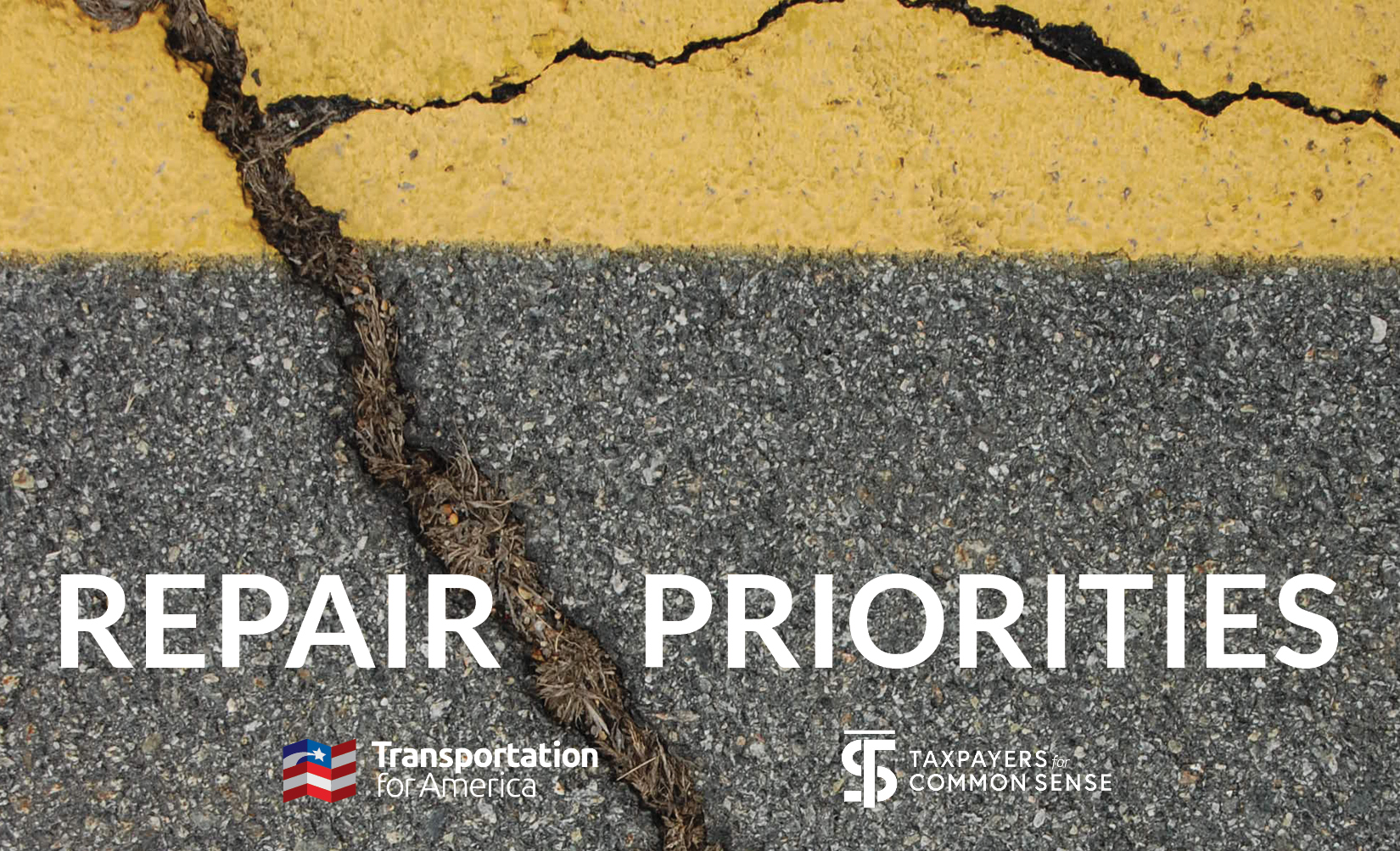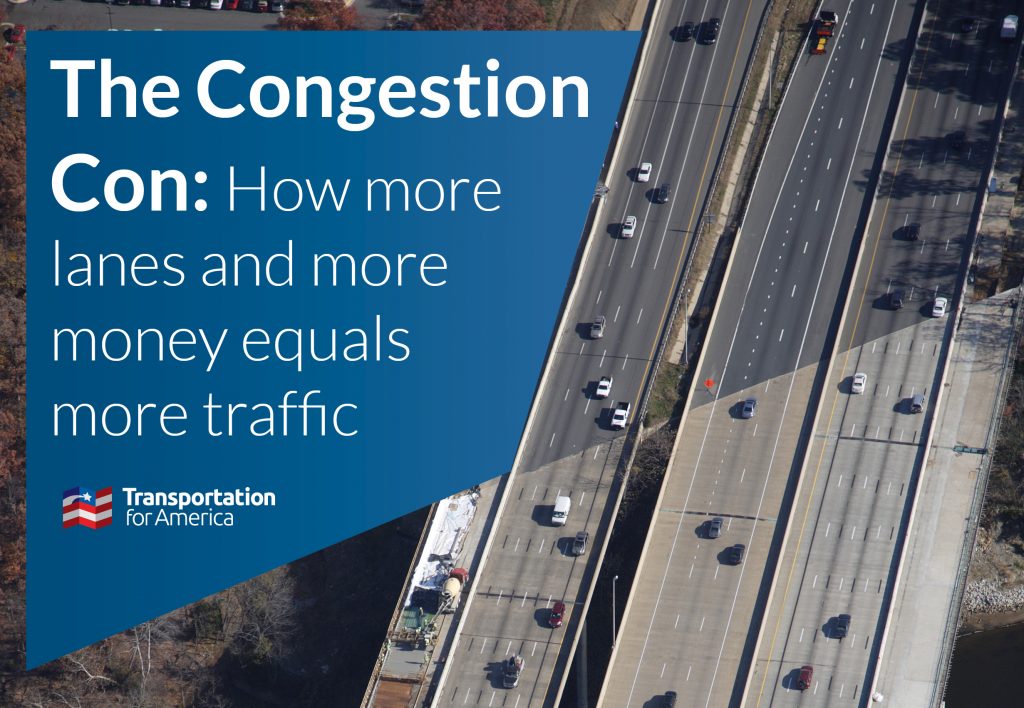The Generating Resilient, Environmentally Exceptional National (GREEN) Streets Act introduced in the Senate today
Today Senators Ed Markey (D-MA) and Tom Carper (D-DE) introduced a bill that would measure and reduce greenhouse gas emissions and vehicle miles traveled. This would be transformative.
Transportation is the single largest source of greenhouse gases (GHG), contributing 28 percent of the United States’ total GHG emissions. While many other sectors have improved, transportation is headed in the wrong direction. Driving represents 83 percent of all transportation emissions and these emissions are rising—despite cleaner fuels, more efficient and electric vehicles—because people are driving more and making longer trips.
Unfortunately, our federal transportation program forces people to drive more by measuring success through vehicle speed—not the time it actually takes people to reach their destination. Building wider highways and sprawling cities to accommodate high-speed driving creates a feedback loop of more driving, virtually guaranteeing ever-increasing transportation emissions (and congestion).
To reduce emissions we must make it possible for people to take fewer and shorter car trips, as well as make it easy and convenient for people to bike, walk and use transit. But we can’t do this if we only measure and value high speed car trips. The bill introduced today would change what we measure and value in transportation to include reducing GHG and vehicle miles traveled (VMT).
The Generating Resilient, Environmentally Exceptional National (GREEN) Streets Act, introduced by Senators Ed Markey (D-MA) and Tom Carper (D-DE), will create new performance measures and goals requiring that states measure, and reduce, vehicle miles traveled (VMT) and GHG in their transportation systems.
“To combat climate change, we must reduce emissions and build safer, healthier and more resilient communities,” said Senator Markey, a member of the Environment and Public Works Committee and co-author of the Green New Deal resolution. “That means advancing the goals of clean energy, climate progress, and healthy communities, as well as fortifying ourselves against the adverse impacts of climate change. An essential component of that effort is to re-envision how we plan for, construct, and maintain our federal highway transportation system, using climate measures that matter and hold systems accountable.”
To reduce VMT and GHG, states would likely have to employ a variety of strategies, including better transportation options and smarter land use. These strategies come with a host of benefits besides reducing GHG: reduced congestion, lower household transportation costs, safer streets, more attractive communities and better health outcomes. By measuring how successful transportation projects are by how many destinations—like jobs, schools, and grocery stores— people can access, the federal government can incentivize states and local governments to invest in transit, biking, and walking, as well as build places closer together.
“For decades our federal transportation program has been full of incentives that encourage more driving, longer trips, and more congestion. It’s high time for us to reduce all three of those things as a unifying purpose for the program,” said Beth Osborne, director of Transportation for America. “Doing so will help give Americans more freedom to choose how to get around, save them money, and also reduce the harmful emissions wreaking havoc on our climate. We are hopeful that the GREEN Streets Act will help kickstart an important conversation about finding a new, more productive purpose for the federal transportation program and we are pleased to support it.”
Transportation for America strongly supports the GREEN Streets Act and urges Congress to pass this transformative legislation.





















4 Comments